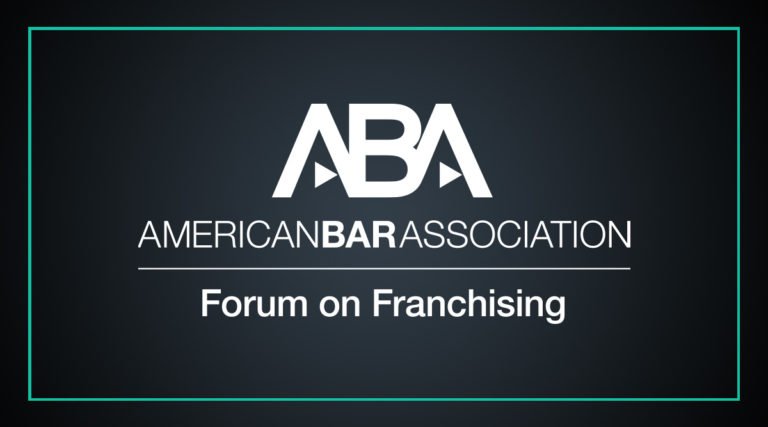Enforcing Your Terms of Services: A Guide for Business Owners and Franchisors
Ensuring a contract's enforceability is essential, and while terms of service ("ToS") can be legally enforced, courts often approach this matter with caution. One reason for this hesitance lies in the fact that customers lack the ability to alter the terms of this digital contract. Consequently, courts strive to ensure consumers are "on notice," meaning they are aware of the ToS's existence and have willingly agreed to its terms.
Courts equivocate a business’ website to a brick-and-mortar store, recognizing that users can browse without automatically entering a contract. Employing this common-sense perspective, courts classify the various methods businesses use to present their ToS to customers and, consequently, assess their enforceability.
The Browsewrap Agreement
Browsewrap agreements are contracts that users "enter into" simply by using (i.e., browsing) the website. However, these contracts are rarely enforced because consumers are often unaware of their existence or that they have agreed to their terms. Even when a website notifies users about the existence of a Terms of Service (ToS), courts remain hesitant to enforce them, as there is no concrete proof that the user saw or consented to the ToS. Consequently, browsewrap agreements are considered the least effective method of digital contracting.
The Sign-In Wrap Agreement
Next, we have the "sign-in wrap agreement," one of the more commonly used methods with varying approaches. A sign-in wrap notifies users of the ToS provisions as they proceed through the website's account creation or login process. Unlike the next method, the clickwrap agreement, a sign-in wrap does not require any further action from the user. It is possibly effective merely by the user seeing the ToS.
However, the enforceability of sign-in wrap agreements can vary. Some sites simply provide a link to their ToS, while others present it upfront. Determining enforceability can be challenging, as the presentation of terms may significantly impact the outcome. To achieve consumer awareness, sites that merely inform users of the ToS's existence are less likely to be enforced. Therefore, merely linking the ToS or instructing users to find it before proceeding through the account creation process may not be as effective.
That said, sign-in wrap agreements are not necessarily unenforceable. Courts require notice to be highly visible, obvious, and leading users directly to the actual ToS. A Hyperlink to the ToS, displayed in a different color, underlined, and uncluttered by other text, is usually deemed sufficient, although the final determination rests with the court.
The Clickwrap Agreement
The final method is the clickwrap agreement. With this approach, the user is presented with the full ToS during the account creation or check-out process. Explicit acceptance is required from the user, making the clickwrap distinctive. Users must scroll through the ToS and expressly agree to be bound by its terms, typically by clicking an "I Agree" button, checking a box, providing a digital signature, or similar actions.
Courts consistently uphold clickwrap agreements primarily because users have actively assented to the contract's terms through explicit actions. From the court's perspective, scrolling through the entire ToS and clicking the "I Agree" button is akin to flipping through the pages of a physical contract and signing it. Consequently, if a user fails to read the agreement before agreeing, the fault lies with the user.
Can I Change My Terms of Service?
While your ToS is a digitally modifiable document and can be legally binding, modifying it doesn't automatically make it enforceable. In fact, courts may view such modifications as unconscionable. As emphasized in this article, courts require users to receive notice of any subsequent changes to the ToS. However, courts also offer considerable leeway in determining the acceptable form of notice.
Businesses can rely on their ToS to set rules on how notice is given, sparing users from another clickwrap agreement. While using clickwrap agreements may be overly cautious for some business owners (but I personally recommend it), it may not be necessary in this context. Many ToS choose a faster approach, such as displaying a banner or pop-up on the site's homepage. Some businesses also notify their customers via email whenever possible. Courts generally believe that there's "no such thing as too much notice." Once notice is provided, courts consider consumers to have agreed to the modifications by continuing to use the site. In essence, if customers disagreed with these changes, they could simply stop using the site altogether.
In our next article, we will discuss privacy policies.
If you need a Terms of Service for your website, our team at Charter Law is here to help. For more information on how to build your brand, call Charter Law at (888) 644-1997 or email us at Info@CharterDifference.com.
By: Gage Meyers










